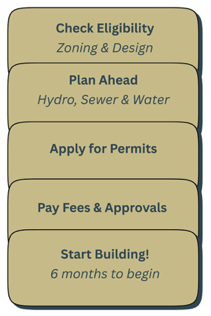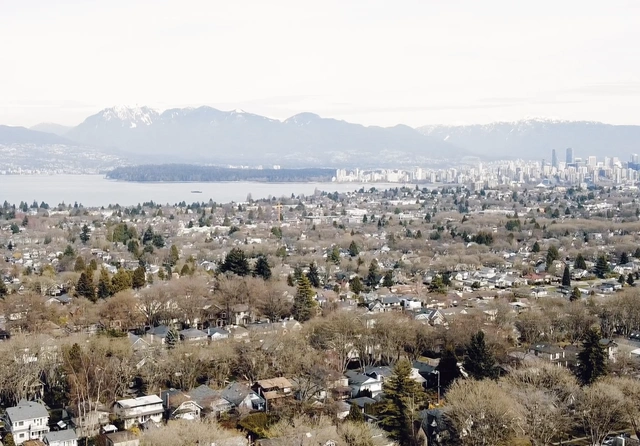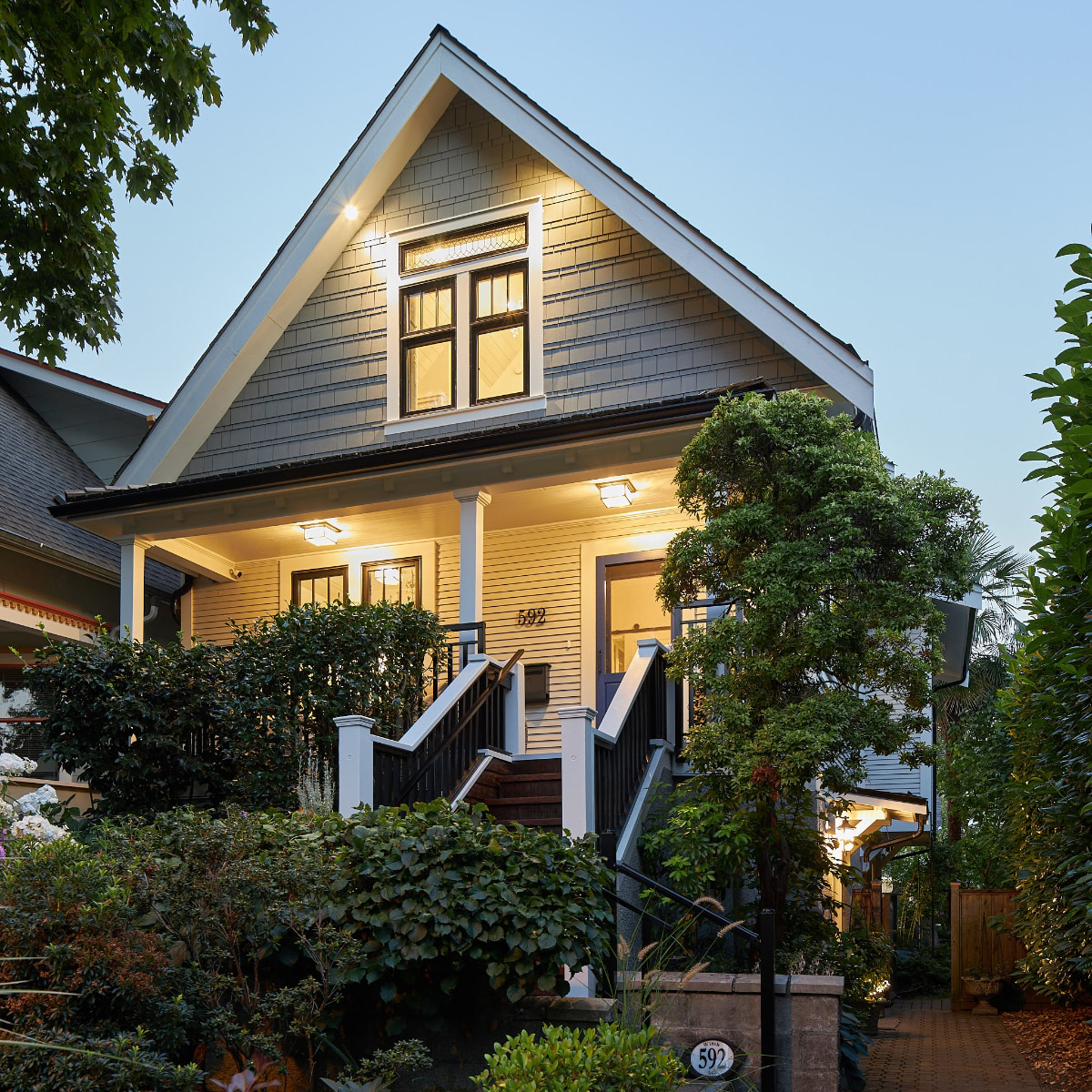Thinking of building a multiplex in Vancouver? The City has introduced a streamlined approval process that makes it easier than ever to create 3–4 unit homes on eligible lots.
At Novell Design Build, we’re here to break it down for you—step by step.

✅ Streamlined vs. Standard: What’s the Difference?
Streamlined Process (the faster, simpler route):
• Available in R1-1, RT-7, and RT-9 zones
• 3–4 units, split across two buildings
• Apply for all permits at once
• Less paperwork, upfront fees, quicker timelines
Standard Process (when streamlined doesn’t apply):
• Projects in First Shaughnessy District
• Different unit/building layouts
• Permits will applied for separately
📝 Steps to Building a Multiplex

1. Check Your Eligibility
• Confirm your property’s zoning
• Review design rules in the Low Density Housing Options How-to Guide
2. Plan Ahead
• Electrical servicing (BC Hydro)
• Sewer & water permits (from a BC-registered engineer)
• Rainwater management (new rules from July 2025)
3. Apply for Permits
• Streamlined: Development + 2 Building Permits + Demolition (if needed) + Salvage/Abatement (if built pre-1990)
• Standard: Apply for Development Permit first, then Building Permits later
4. Pay Fees & Get Approvals
• Streamlined: Pay once, get all permits together
• Standard: Pay in phases
5. Start Building!
• Must begin within 6 months of approval
• Keep permits + stamped drawings onsite
• Book inspections
• Wrap up with occupancy permits
Why Work with Novell Design Build
We take the complexity out of multiplex:
• Guide you through streamlined or standard approvals
• Coordinate with BC Hydro, engineers, and city reviewers
• Design with efficiency and beauty in mind
Contact us today to start building your dream home!














